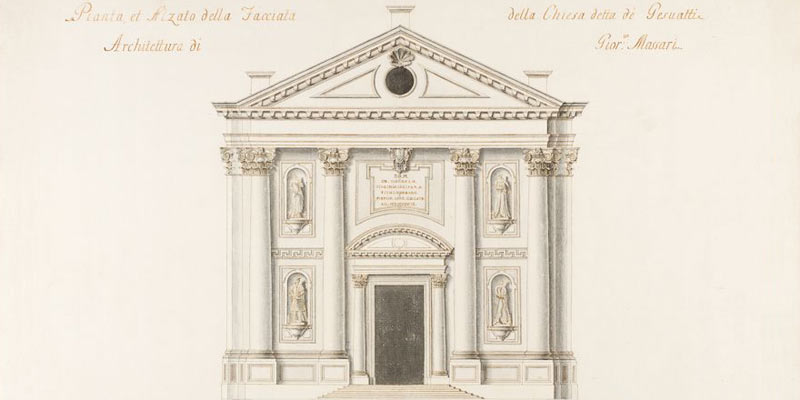Venice has a legendary reputation for its extensive artistic heritage that was recognized by UNESCO with the distinction of World Heritage Site in 1987 for the historic town and the lagoon.
Venice has a rich and varied architectural styles, the most important of which is the Gothic style. Venetian Gothic architecture is a term given to a Venetian building style combining use of the Gothic lancet arch with Byzantine, Arab and a lot of another architecture influences. Chief examples in the city of this style are the Palazzo Ducale and the palace Ca' d'Oro.
The architecture of the city experienced an special bright during the Renaissance, with architects such as Pietro Lombardo, Mauro Codussi and Jacopo Sansovino. In religious architecture, the most remarkable work of the Venetian Renaissance is the Chiesa di Santa Maria dei Miracoli, where Pietro Lombardo uses marbles and rich materials creating a chromatic effect reminiscent of the Venetian paintings. Among the most successful architects in Venetian Renaissance is Mauro Codussi, which will project such notable buildings as the Palazzo Vendramin Calergi, the Scuola Grande di San Marco or the imposing façade of the Chiesa di San Zaccaria. And finally Jacopo Sansovino, author of the monumental Biblioteca Marciana, which Andrea Palladio tell that is the best building erected since Antiquity. The architects Andrea Palladio and Vincenzo Scamozzi also left notable works in Renaissance Venice.
In the Baroque, most prominent architect is Baldassare Longhena, author of the palace Ca' Rezzonico and of the impressive Basilica di Santa Maria della Salute.
Since 1893 the city hosts the Venice Biennale, which includes since 1980 the Venice Architecture Biennale, held in odd years, with the mission to showcase and develop architectural proposals.


